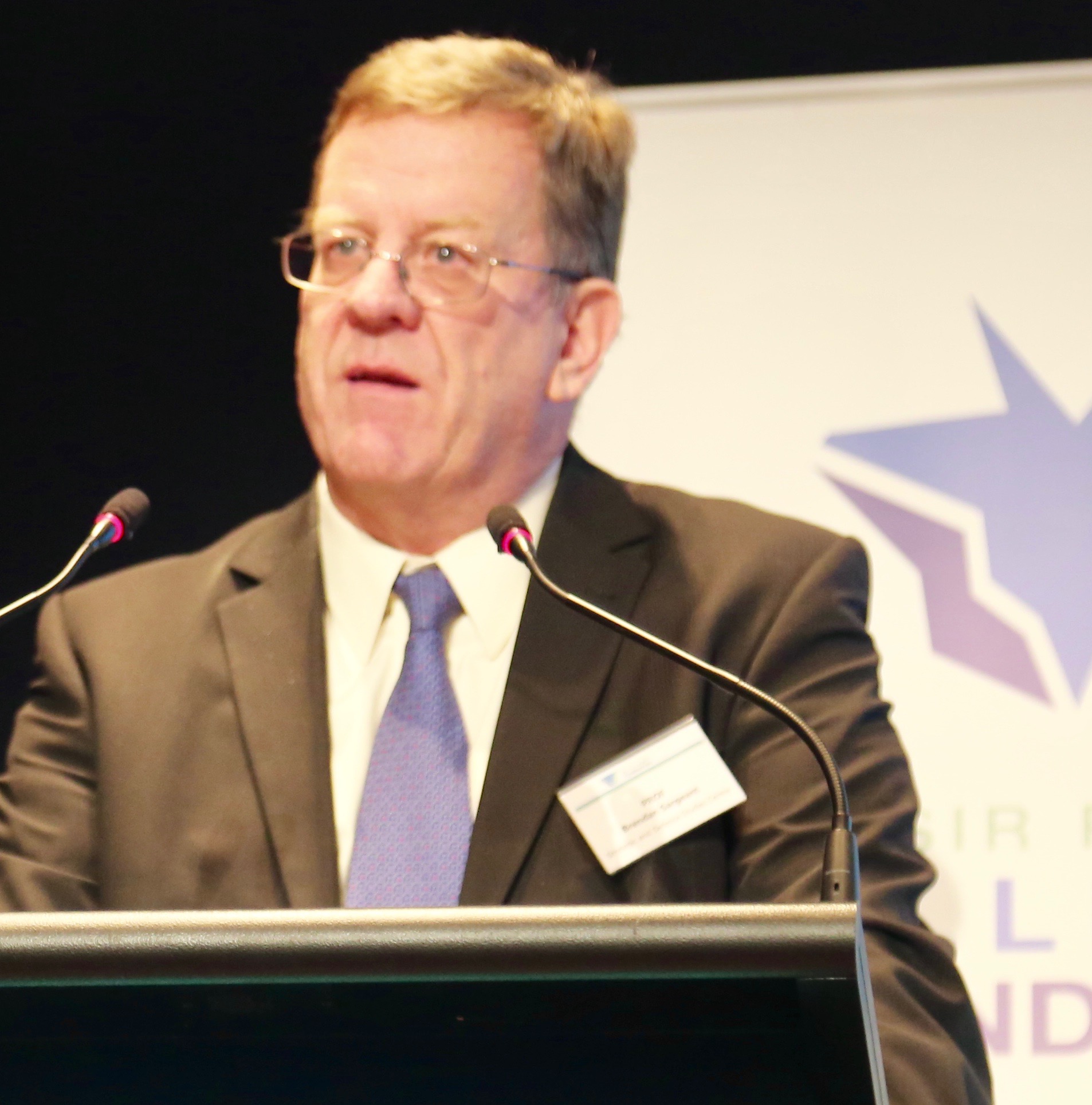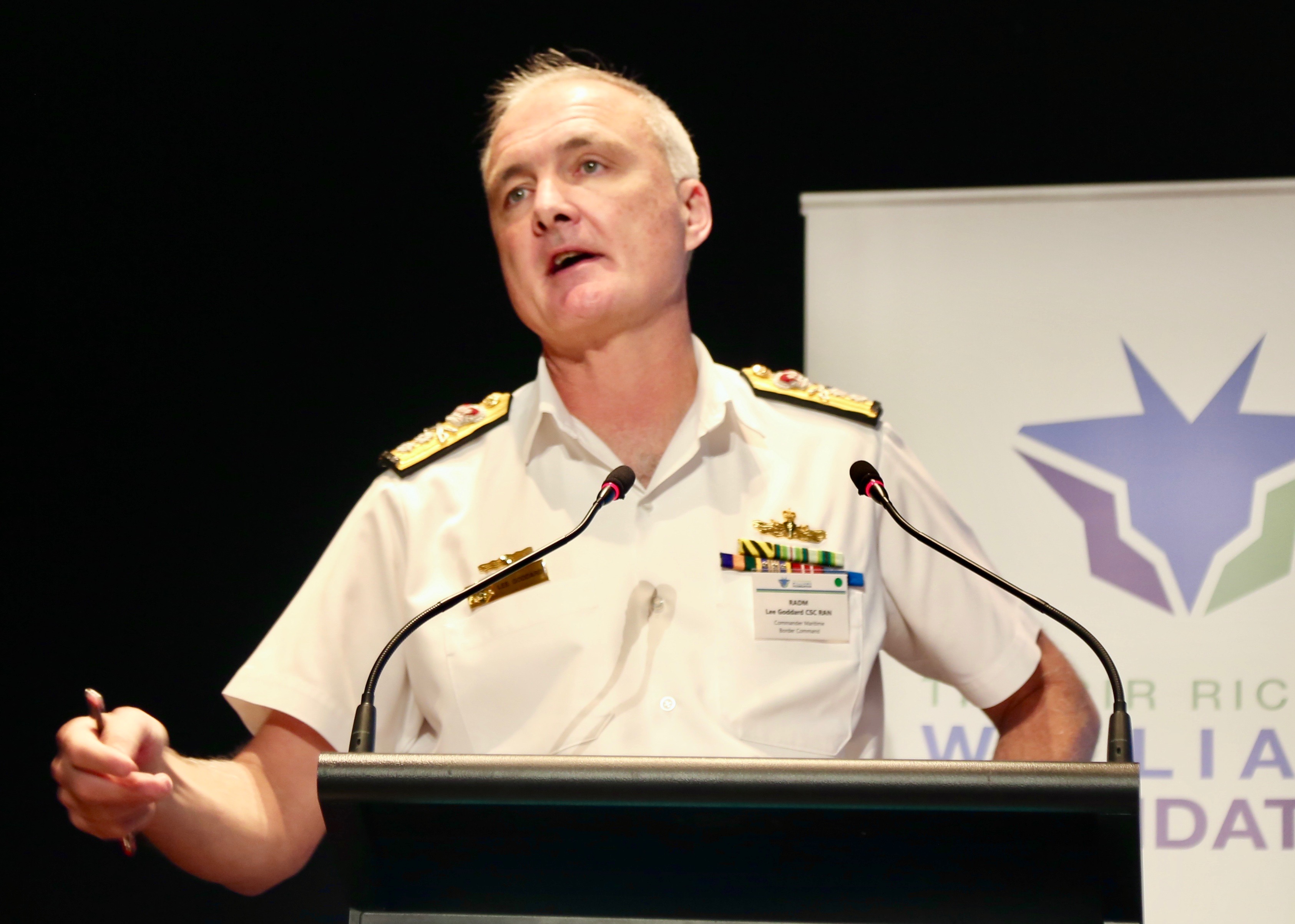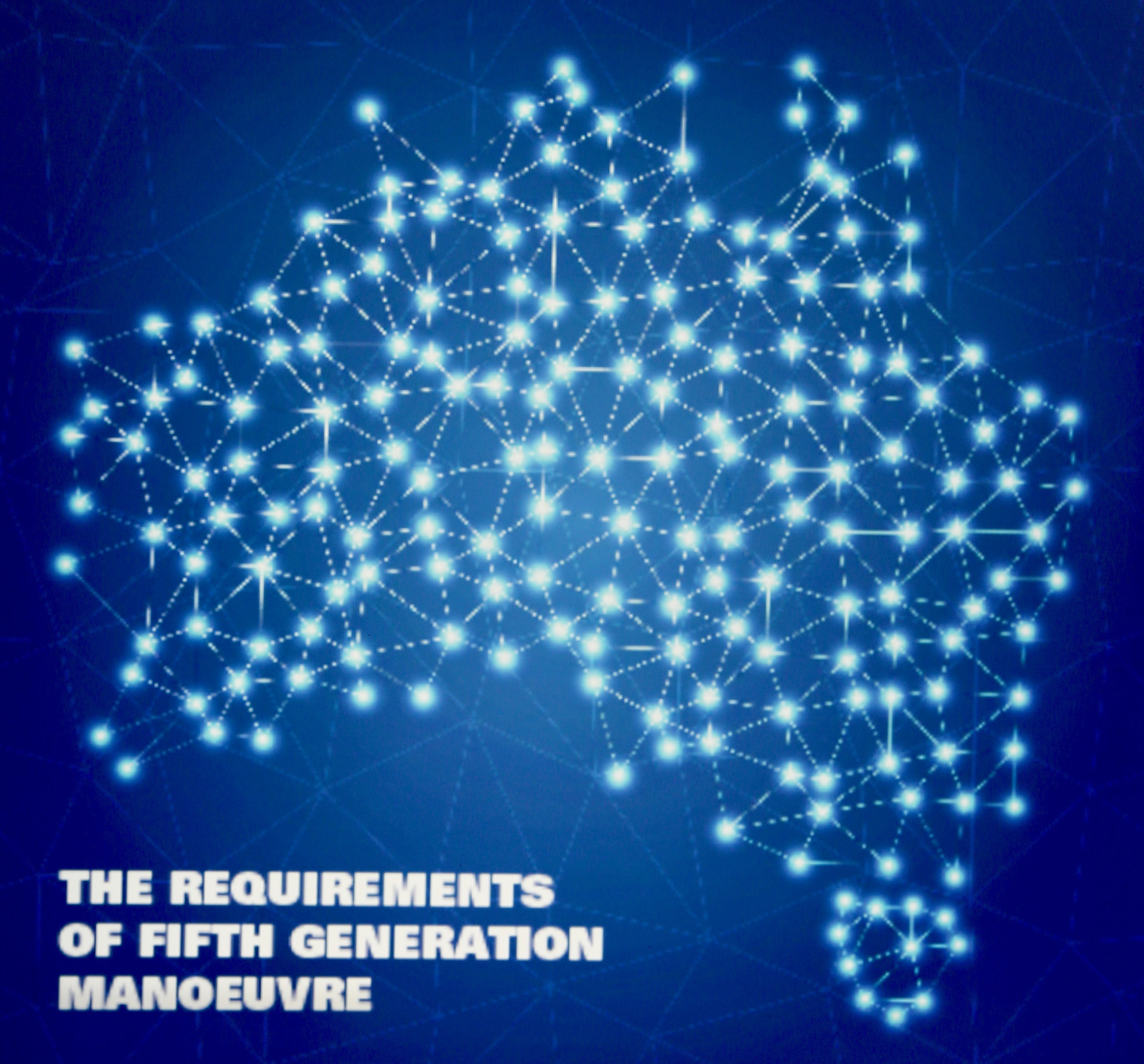Strategic and Operational Changes: Australia Facing an Evolving APR
The past two years of Williams Seminars have taken up the question of how Australia could more effectively defend itself and to work with allies for deterrence in depth in the APR.
This has been done from the standpoint of how the force transformation of the ADF which has been labelled building and operating a fifth-generation force.
In effect, the two trend lines, the rethinking of defense and security strategy in the region and working more effective ways for the ADF to operate in that region have become joined into an overall discussion about the strategic shift facing the ADF and Australia.
At the Williams Foundation Seminar held on October 24, 2019, a core question was raised: How might the ADF operate more effectively within the dynamics of strategic change in the region?
Two of the presentations highlighted different aspects of the challenge facing the ADF and Australian within the operational dynamics of the region.
The first was a presentation by Brendan Sargeant, the well-known Australian strategist with many years of experience in the Australian government. Next year he will become the head of the Strategic and Defence Studies Centre within the Australian National University.
The second was by the head of the Maritime Border Command, Rear Admiral Lee Goddard, whose command is already living the dynamics of change which foreshadow the broader transformation facing the ADF in the region.
The New Strategic Situation Facing Australia
Sargeant entitled his presentation at the Seminar: Assured Access for the ADF in the Asia Pacific.
The underlying point of his presentation was straightforward: Australia’s interests are increasingly contested in the region and being able to work and to lead efforts when necessary with partners and allies was crucial to the defense of Australia.
It is not just about the kinetic capabilities, but the ability to generate political, economic and diplomatic capabilities which could weave capabilities to do environment shaping within which the ADF could make its maximum contribution.

If I had to sum up the extent to which changes in the world will change us, and the response that we need to build, I would summarise thus: in the past we could handle problems within a strategic framework which was stable and which was generally understood and agreed by all the parties involved. This is what the rules-based order represented, underpinned as it was by American power and the institutions of global governance.
In the future, it is likely that we will need to construct both the rules that govern how we think about a crisis in order to respond, as well as responding to the crisis at the same time.
This means that every crisis will be different and will perhaps demand a response in its own terms. It means that we will experience crises that we haven’t had to deal with in the past, so we may not have the historical references to rely on as a vehicle for understanding what we are dealing with and guiding responses.
I think this means that we need a strategic policy culture that is more improvisational, pragmatic, with a more ruthless sense of our national interests in a world that will not necessarily want to support those interests.
This leads me to my final point. In the future there will be times when we need to act alone, or where we will need to exercise leadership. We have not often had to do this in the past – The INTERFET operation in Timor, and RAMSI in the Solomon Islands are examples.
We are far more comfortable operating as part of a coalition led by others. It is perhaps an uncomfortable truth, but that has been a consistent feature of our strategic culture.
So I think our biggest challenge is not a technical or resource or even capability challenge – it is the enormous psychological step of recognising that in the world that we are entering we cannot assume that we have the support of others or that there will be others willing to lead when there is a crisis. We will need to exercise the leadership, and I think that is what we need to prepare for now.
To return to the title of this talk: if we want assured access for the ADF in the Asia Pacific, then we need to work towards a world that ensures that that access is useful and relevant to the sorts of crises that are likely to emerge.
I will leave one last proposition with you. Our assured access for the ADF in the Asia Pacific will be determined by our capacity to contribute to regional crisis management. That contribution will on some occasions require that we lead. The task now is to understand what this means and build that capacity.
The Maritime Border Command as a Key Asset in Shaping a Way Ahead to Defend Australia’s Interests in the Region
Sargeant and others throughout the seminar underscored the importance of a whole of government or at least more integrated government approach to dealing with the defense and security problems in dealing with the APR.
The Maritime Border Command is in many ways already living the life of what presages a broader set of changes in the ADF’s role within a new strategy for Australia going forward.
In an interview I did with Rear Admiral Goddard last spring, the role of the MBC as a harbinger of change was highlighted:
To provide for Australian maritime security, the focus has been upon three strategic directions.
First, the Australian government has a very clear set of regulations and laws governing immigration and approaches to dealing with security at sea.
As Rear Admiral Goddard put it: “I can act on suspicion; which allows us to be proactive in dealing with threats.”
Second, the force is organized as an integrated one, so that new capabilities coming into the ADF, like the P-8, Triton, Offshore Patrol Vessels and new frigates and other Australian Border Force assets can be leveraged as necessary for operations.
Operation Resolute is a combined force approach to providing for perimeter defense and security of Australia.
As it was put on the Royal Australian Navy website:
Operation RESOLUTE is the ADF’s contribution to the Whole-of-Government effort to protect Australia’s borders and offshore maritime interests.
It is the only ADF operation that currently defends the Australia homeland and its assets.
The Operation RESOLUTE Area of Operations covers approximately 10 per cent of the world’s surface and includes Australia’s Exclusive Economic Zone which extends up to 200nm around the mainland. Christmas, Cocos, Keeling, Norfolk, Heard, Macquarie and Lord Howe Islands also fall within the Operation RESOLUTE boundaries.
Commander Maritime Border Command (MBC) is the overarching operational authority that coordinates and controls both Defence and Australian Border Force assets from his headquarters in Canberra.
Maritime Border Command is the multi-agency taskforce which utilises assets and personnel from both the Australian Border Force (ABF) and the Australian Defence Force (ADF) to safeguard Australia’s maritime jurisdiction. Its maritime surveillance and response activities are commanded and controlled from the Australian Maritime Border Operations Centre in Canberra.
We discussed some of the new technologies which allow for greater SA over the maritime zones, but of course the challenge is to turn SA into ways to influence actors in the maritime zone.
“It does no good just to know something is happening; how do we observe but let the bad guys know we see them and can deal with them?”
Third, obviously IT and C2 are key elements of bringing the force to bear on the threats.
But doing so is a significant challenge, but one where new technologies and new capabilities to leverage those capabilities for decision making clearly are helping.
This is a work in progress where the Commander works with several government departments as well as industry to deliver more effective intelligence to determine where the key threats are to be found and being able to deploy assets to that threat.
Rear Admiral Goddard underscored that developments in the IT and decision tools area were already helping and would be of enhanced performance in the period ahead.
“With some of the new AI tools we will be able to process information more rapidly and turn SA into better decision making.”
Fourth, obviously this means working closely with partners in the region, such as Malaysian, Indonesia and the Philippines and shaping ways to operate more effectively with one another.
A challenge being posed by the Navies in the region is that they are clearly are generating what have been called gray zone threats.
This is why the Command is really part of more broadly understand security capability within an overall national crisis management effort.
And as the threats change or challenges change, the capabilities for the Command working with the ADF will need to change as well.

Rear Admiral Goddard’s presentation at the Williams Foundation Seminar highlighted the core focus of the command in terms of the means to achieve the kinds of results they needed to achieve.
His presentation which was tailored to deal with the seminar topic of fifth generation maneuver was entitled: Achieving Multi-Agency Situational Understanding.
Operating within this grey zone allows MBC to play a large role supporting and engaging a large remit of stakeholders. With regular contact with all facets of government from State/territory up to Commonwealth as well as industry in a supportive role, MBC’s force elements encompass land, sea and air – a unique arrangement in regards civil maritime security, however Australia’s Borders are unique which necessitate this approach. Reflecting a Fifth Generation approach, the force is scalable dependent on the threat or response that is required and the structure at Maritime Border Command allows this force to fully integrate providing both situational awareness and effect.
Why do we need the flexibility such a force provides? Maritime Border Command is responsible for 8 Civil Maritime Security Threats; not all these threats represent what might be considered traditional Coast Guard functions, rather they embody Border threats across the spectrum of Crime, violence, environment and exploitation. Piracy, robbery and violence at sea, response to Oil Platform and illegal domestic activity in our marine parks might be three examples of Coast Guard like functions performed by MBC on any given day.
MBC – even with the combined force assigned elements at its disposal – cannot conduct this mission alone. It takes global partnerships and strong interagency co-operation and co-ordination.
Maritime Border Command’s co-ordinating function is aimed to create time and space aiming to prevent crisis management. By way of example, in the counter narcotics space, MBC coordinates with the Australian Federal Police, Australia Criminal Intelligence Commission, AUSTRAC and State Police Forces as well as international agencies such as the United Nations Office of Drugs and Crime and the INTERPOL. Overseas national law enforcement agencies such as the US Drug Enforcement Administration and the UK’s National Crime Agency not only provide valuable and timely intelligence, they also allow us to push our national border for narcotics importation far off shore.
The ability to create time and space beyond our physical national borders improves MBC’s responsiveness within the SFAA and is only achievable through effective Maritime Domain Awareness. Technological improvements in platforms are only part of the picture for effective MDA – the platforms must be combined as a Joint effect and they must be interconnected – isolated pockets of effect will not only devalue the operating picture, such a limited focus may lead to decision making out of context with the wholistic picture; the veritable fog of war. Our collective mission through the Fifth Generation manoeuvre must be a forcing function to enable effective decision making though interconnectedness.
In short, Brendan Sargeant provided a clear overview on the changing strategic context for the defense and security of Australia; and Rear Admiral Goddard provided insights into how a multi-agency integrated Command had already adapted to the new context.
And this poses both the question of how reshaping of the ADF within the context of a changing Australian strategy would intersect with and affect the evolution of threats and challenges in the region?
How would such an ADF and Australian strategic transition affect the behavior and orientations of the 21stcentury authoritarian powers?
Or as Paul Dibb put it in a recent interview:
What analysts are referring to as the challenges in the gray zone are in the domain we are talking about.
Our Chief of Defense Force, General Angus Campbell, gave a speech in June at ASPI and highlighted the challenges and dangers with regard to gray zone activities, which is to say using coercion, disruption and supply chain denial to get what they want, rather than having to start and end with kinetic force.
The Chinese have clearly expanded into the South China Sea, but critical to Australia is whether the South Pacific is next.
It is very likely China wants to squeeze our strategic space not just in Southeast Asia but the South Pacific
This demands different thinking in Canberra, and it demands bringing together the things you’ve raised, like fuel supplies, like water, like source code writing, like mobilization.
It is about not allowing a gray zone to exist dominated by the 21st century authoritarian powers.
Brendan Sargeant’s Presentation
Presentation by Brendan Sargeant Williams Foundation October 24, 2019Rear Admiral Lee Goddard’s Presentation
Williams Foundation 2019 - Paper by Rear Admiral GoddardRear Admiral Goddard Williams Foundation Presenation October 24, 2019

